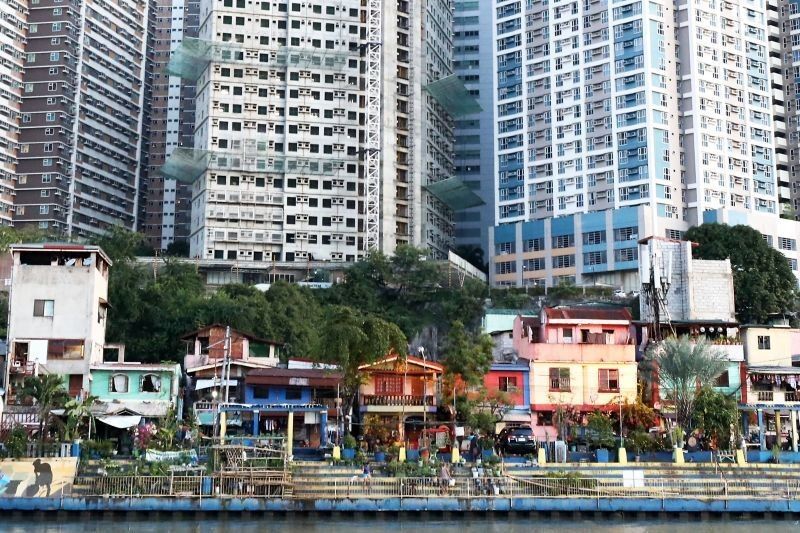Huge 'low base' lift boosts job-generating FDIs in March

MANILA, Philippines — Foreign direct investments to the Philippines posted a headline-grabbing growth in March, thanks to a huge lift from base effects that will likely fade in the next months.
Fresh data from the Bangko Sentral ng Pilipinas released Thursday showed job-generating FDIs posted a net inflow of $808 million in March, up 139.5% year-on-year. A net inflow means more investments entered the country against those that left.
In the first quarter, FDI yielded a net inflow of $2.4 billion, up an annualized 45.1% rate.
“March 2021 FDI increased on account of improved investor sentiment amid the gradual resumption of domestic activities, while adhering to the minimum health standards, and government efforts to accelerate the vaccination program,” the central bank said in statement.
But there’s more than meets the eye in the data. This year, economists like Nicholas Mapa of ING Bank in Manila are expecting economic data to be distorted by low base, and the FDI report is no exception to that. That said, any growth at this point might be rather deceiving and may not reflect a true recovery from last year’s pandemic-induced slump.
As per BSP’s latest projections, FDI, which fell to a 5-year low of $6.5 billion last year, are likely to slowly bounce back to $7.8 billion this year, albeit still down from $8.7 billion in pre-pandemic 2019. It is only by 2022 that FDI is forecast to hit $8.8 billion.
“Just like the trade figures that came out yesterday, data that will be coming out in the next couple of months will be largely base-effect driven and it’ll be difficult to see if such a development is indeed sustainable,” Mapa said in an e-mail.
Breaking down the BSP’s report, equity capital placements, a measure of new FDIs, grew 35.9% on-year last month to $377 million, bringing the three-month tally to $829 million. Majority of fresh FDIs in March came from Singapore, Japan and the United States and were invested in companies engaged in electricity, gas, steam, and air-conditioning and manufacturing.
The bulk of new FDIs in March were in the form of intercompany borrowings between multinational firms and their local units, which expanded 113.2% year-on-year to $1.4 billion. Reinvestment of earnings, meanwhile, inched up 5.4% to $225 million. For Mapa, this is a clear sign of renewed investor confidence.
“Right before the pandemic, we highlighted that reinvestment of earnings, or funds plowed back by existing locators, were generally positive, suggesting current investors’ confidence in the local economy,” Mapa said. “A return of this subsector to positive territory would show that firms already in the Philippines turning more optimistic over the recovery.”
On the flip side, a total of $28 million FDIs left the country in March, albeit down 42.6% on an annual basis. From January to March, equity withdrawals amounted to $107 million.
- Latest
- Trending






























